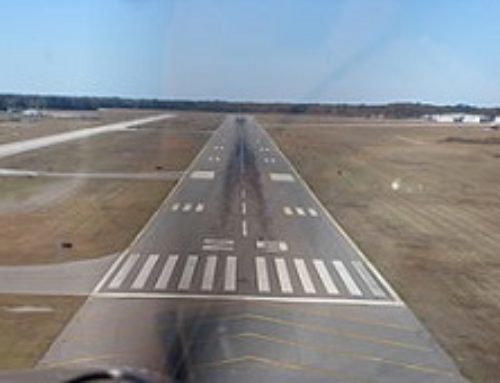RAMS Plus 6.51 New release – March 2020
RAMS Plus 6.51.00 is now available for download.
Please login to the support section with your user ID or contact RAMS support for more details.
Release notes:
- For airport arrival streams and airspace metering, graphic maneuvers include an arc, trombone, a triangle, and user-defined polygons including representation of an S-Turn and a trombone. The graphic maneuvers are easy to define and implement in your modeling scenarios. The arc graphic maneuver enables the Point Merge Maneuvers that follow the European procedural concept to merge arrival flows over a single point of entry, designed to benefit from the aircraft’s RNAV capabilities. The additional graphic maneuvers use the same concept to delay and merge runway arrival flows and can also be applied to airspace metering.
- For airway routes, a new Route Swap maneuver enhances the conditional route concept to determine an alternate route if the route flying time is shorter and the the route is less congested.
- To enhance UAS modeling within RAMS Plus, small separations required for UAS have been enabled. Specifically, the creating, saving, and loading of small separations necessary for UAS has been enhanced, especially vertical separations. Although there is no minimum separation parameter within the RAMS Plus simulation engine, the RAMS Plus editor often limited the separation value to 1 or 0 decimal points, which can be constraining for vertical separations less than 100 feet. Separations can now be set down to almost 1 inch (in 100’s of feet, 0.001 = 0.1 feet ~ 1.2 inches).
- Measuring intrail separations under various situations has been enhanced, including these three views of intrail separation metrics:
a. Measuring Interval Arrival Time (IAT) at various locations: IAT can be used to aggregate metrics for separation, flow, and metering. The IAT is reported in the flight event file for airport, runway, navaid, and zone entry events. A small restricted zone can be created around a merge area or airspace transition area to record IAT where the navaid(s) may not provide sufficient recording.
b. Record intrail separation every N seconds: Using the conflict detection features, intrail separation for every flight, every N seconds. One application of this feature can be applied to actual traffic tracks (e.g. radar or ADS-B) to measure actual oceanic or terminal approach separation.
c. Wake Intrail Separation has enhanced the wake log to report at a parameterized time delta, and the wake log has additional fields to assist with aggregating metrics.
- Simulating sub-sets of flights is now enabled by selecting & building a List of Flights to Simulate: The Traffic Dialog list can be queried and filtered to build/select a sublist of flights to simulate, such that the entire traffic does not have to be simulated. For example, only arrivals into a specific runway(s) can be selected and simulated, or select flights from a specific airline(s).
- There is a new simulation output log Sector Count Over Time: To enable easy import into visualization tools such as Tableau, this version introduces a new simulation history log that reports the sector occupancy at a parameterized time delta such as every 5, 15, 30, or 60 minutes to produce charts of sector occupancy (counts) over time .







